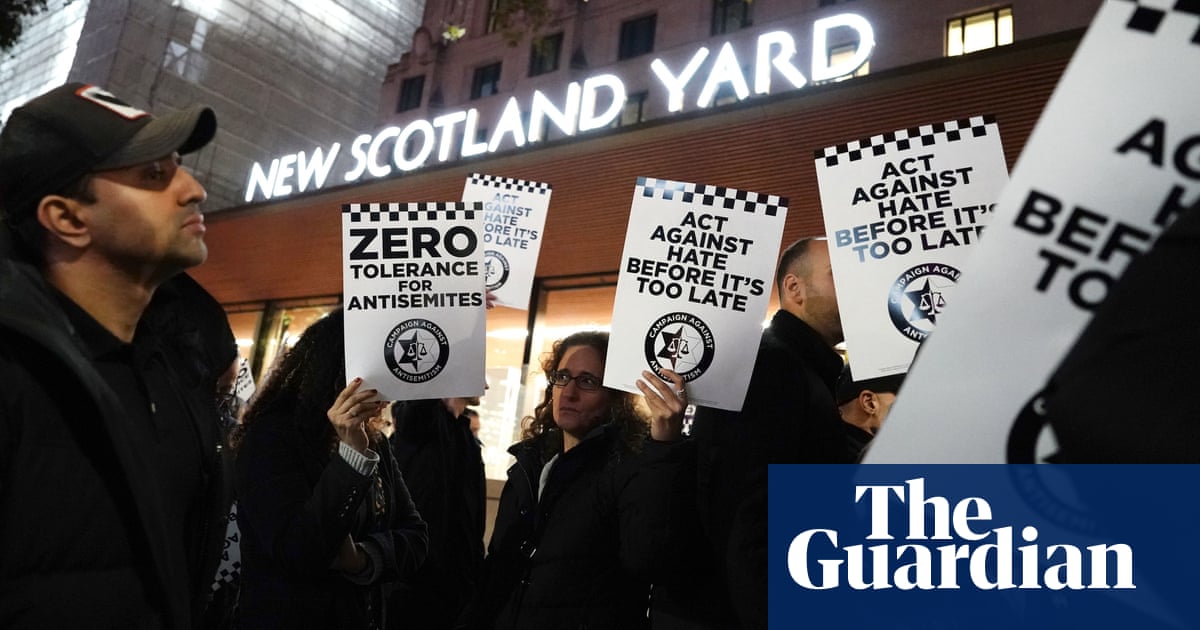
Despite a warm and sunny British summer, fewer butterflies than ever were recorded in each count by the biggest butterfly survey in the world.
Record numbers of people took part in the Big Butterfly Count in July and August, with nearly 150,000 15-minute counts of butterflies taking place in parks, gardens, woods and nature reserves across the country.
But the Butterfly Conservation survey reported the lowest average number of butterflies per count – 10.66 – since recording began in 2010.
“Unfortunately, this summer has not seen an abundance of butterflies across the UK,” said Dr Zoë Randle, the senior surveys officer at Butterfly Conservation. “Coming so shortly after the recent WWF and UN reports on the global biodiversity crisis these 2020 results illustrate the perilous state of wildlife in the UK.”
But the low numbers – down 34% on 2019 and worse than the dire wet summer of 2012 – may not be as bad as they appear because a record-breaking sunny spring caused many butterfly species to emerge earlier and complete their adult lifecycle before the count began on 17 July.
The record number of 111,628 participants, a big increase on 2019, may also have included novice spotters who recorded fewer butterflies than regulars.
Randle said: “An unusually warm spring led many species to emerge earlier than usual. So we may have only caught the tail-end of the flight period for many species during this year’s Big Butterfly Count. Our scientists will use the data to try and understand what is happening and how we can work to solve it.”
The two most-seen species in the 2020 count, the large white and the small white, are typically seen in highest number at summer’s end. Big falls in the numbers of peacocks (down 42% on 2019) and small tortoiseshells (down 41%) may have been because these species had already entered into hibernation by the end of July.
This year’s count recorded the highest number of butterfly sightings ever submitted, with a record number of participants, counts and overall butterflies seen, with 1.4m common species spotted.
Randle added: “The fact that so many people take part in this exciting citizen science initiative is encouraging and makes a huge difference to our understanding of how the natural world is responding to the crisis it is in. Now we need to see initiatives both here and across the world to put nature on a path to recovery.”
The Big Butterfly Count results are used to gather a picture of how flying insects are faring in Britain alongside a more scientific survey, the UK Butterfly Monitoring Scheme, the longest-running scientific database of butterfly records in the world.
Three-quarters of Britain’s 59 native butterflies are in decline and, while global heating is helping some species expand, common species continue to disappear from towns and countryside.
From 1976, when scientific recording began, populations of “habitat specialists” – butterflies requiring specific places to survive such as chalk grassland or coppice woodland – fell by 59% by 2019. But within that decline, between 2014 and 2019 habitat specialists increased from 37% to 41% of their 1976 levels. Such figures recently published by the government suggest targeted conservation action has helped revive rare species.
Big Butterfly Count 2020: the top 10
1. Large white (+44%)
2. Small white (+7%)
3. Gatekeeper (-14%)
4. Peacock (-42%)
5. Meadow brown (-2%)
6. Red admiral (-33%)
7. Small tortoiseshell (-41%)
8. Common blue (+9%)
9. Ringlet (-18%)
10. Comma (-29%)










